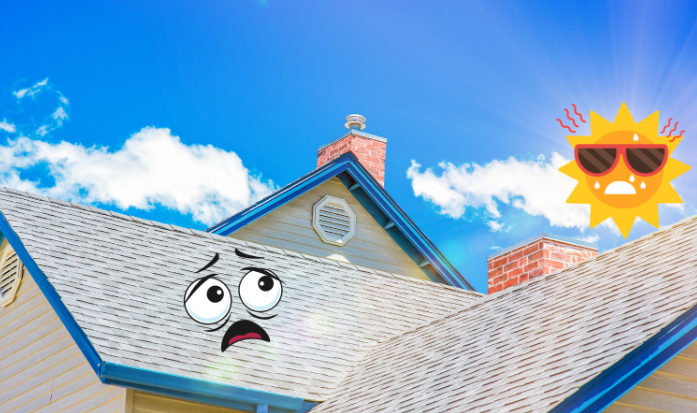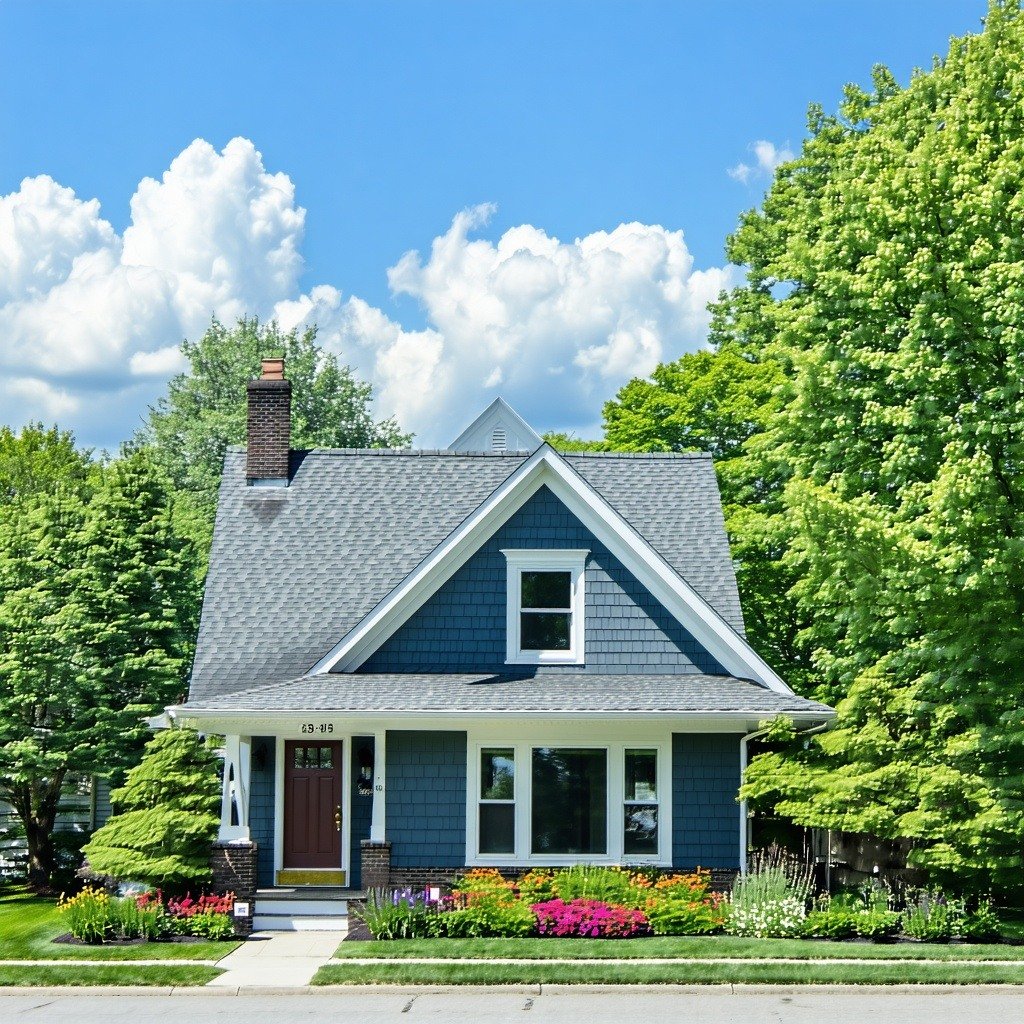How to Check if Your Roof Needs Repairs
Your roof is one of the most critical components of your home, providing protection against the elements and helping maintain a comfortable indoor environment. Regularly checking your roof for signs of damage can prevent costly repairs and extend its lifespan. Here’s a comprehensive guide on how to check if your roof needs repairs.
Why Regular Roof Inspections Are Important
- Prevent Major Damage: Early detection of issues can prevent minor problems from turning into major, costly repairs.
- Extend Roof Lifespan: Regular maintenance can help extend the lifespan of your roof.
- Protect Your Home: A well-maintained roof protects your home’s structure, interior, and belongings from weather damage.
- Save Money: Addressing small issues promptly can save you money in the long run.
Tools and Materials You’ll Need
- Ladder
- Binoculars (optional)
- Flashlight
- Safety gear (gloves, safety glasses, non-slip shoes)
- Notebook and pen for notes
Step-by-Step Guide
1. Inspect the Roof from the Ground
Start by inspecting your roof from the ground using binoculars if needed. Look for the following signs of damage:
- Missing or Damaged Shingles: Check for shingles that are cracked, curled, or missing.
- Granule Loss: Look for excessive granules in your gutters, which can indicate aging shingles.
- Sagging: A sagging roof can indicate structural issues that need immediate attention.
- Moss or Algae Growth: While not always damaging, moss and algae can trap moisture and lead to problems over time.
2. Check the Roof Up Close
If it’s safe to do so, use a ladder to get a closer look at your roof. Ensure you have proper safety gear and someone to assist you.
- Examine Shingles: Look for signs of wear and tear, including blistering, buckling, or missing shingles.
- Inspect Flashing: Check the flashing around chimneys, vents, and skylights for cracks or damage.
- Look for Rust: Inspect metal components, such as flashing and vents, for rust or corrosion.
- Check for Debris: Remove any debris, such as leaves and branches, which can trap moisture and cause damage.
3. Inspect the Attic
Go into your attic and look for signs of roof damage from the inside.
- Check for Leaks: Look for water stains, mold, or mildew, which can indicate leaks.
- Inspect Insulation: Wet or damaged insulation can be a sign of a roof leak.
- Look for Daylight: If you can see sunlight coming through the roof boards, there are gaps that need to be sealed.
4. Look for Signs of Water Damage
Water damage can manifest in several ways, both inside and outside your home.
- Interior Walls and Ceilings: Check for water stains, peeling paint, or wallpaper, which can indicate leaks.
- Exterior Walls: Look for signs of water damage, such as peeling paint or mold growth, which can suggest roof issues.
5. Monitor Your Energy Bills
An unexplained increase in your energy bills can indicate that your roof is not providing adequate insulation and needs attention.
6. Hire a Professional
If you’re unsure about the condition of your roof or if it’s unsafe for you to inspect it yourself, hire a professional roofing contractor. They can conduct a thorough inspection and provide expert advice on necessary repairs.
When to Call a Professional
While regular inspections can help you identify many issues, some situations require professional expertise:
- Extensive Damage: If you notice widespread damage, such as large areas of missing shingles or significant sagging.
- Structural Issues: Signs of structural damage, such as sagging or extensive rot, need immediate professional attention.
- Complex Roof Design: If your roof has a complex design or multiple levels, a professional can safely and effectively inspect it.
Conclusion
Regular roof inspections are essential for maintaining the integrity and longevity of your roof. By following these steps, you can identify potential issues early and take action to prevent costly repairs. Remember, safety is paramount—if in doubt, always consult a professional roofer. Have any tips or experiences to share about roof maintenance? Drop them in the comments below!
Keeping your roof in top condition ensures your home stays protected and comfortable. Happy inspecting!



